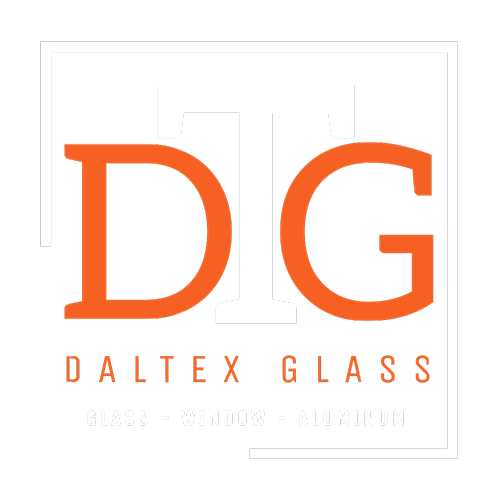Insulated Glass vs. Non-Insulated Glass: Choosing the Right Option for Your Residential Home
When it comes to selecting the right glass for your residential windows, understanding the differences between insulated glass and non-insulated glass is essential. Both options have their merits, but the choice ultimately depends on your specific needs and preferences. In this blog post, we’ll explore the characteristics and benefits of each type of glass to help you make an informed decision for your home.
Insulated Glass:
Insulated glass, also known as double glazing or double-pane glass, consists of two panes of glass with a sealed space in between. This space is typically filled with air or insulating gas, providing an additional layer of insulation. Here’s why insulated glass might be the ideal choice for your residential home:
1. Energy Efficiency: The key advantage of insulated glass is its superior energy efficiency. The air or gas-filled space acts as a thermal barrier, reducing heat transfer between the interior and exterior of your home. This helps to maintain a more stable indoor temperature and can lead to lower energy bills.
2. Noise Reduction: Another benefit of insulated glass is its ability to dampen external noise. The additional layer of glass and insulating space helps to minimize sound transmission, creating a quieter and more peaceful living environment.
3. Condensation Control: Insulated glass is less prone to condensation compared to non-insulated glass. The sealed space between the panes acts as a barrier, reducing the likelihood of moisture buildup and potential damage to your windows.
Non-Insulated Glass:
Non-insulated glass, also known as single-pane glass, consists of a single sheet of glass without any added insulation. While it may not offer the same level of energy efficiency as insulated glass, there are situations where non-insulated glass may still be a suitable choice:
1. Cost Considerations: Non-insulated glass is generally more affordable compared to insulated glass. If budget constraints are a significant factor in your decision-making process, non-insulated glass may be a viable option.
2. Climate Considerations: In regions with mild climates or areas where energy efficiency is less critical, non-insulated glass can be a practical choice. However, it’s important to note that the lack of insulation may result in greater heat loss or gain depending on the season.
3. Customization: Non-insulated glass provides more flexibility for customization, allowing for a wider range of design options and variations. If aesthetics and design versatility are priorities for you, non-insulated glass may be a preferred choice.
Choosing between insulated glass and non-insulated glass for your residential home depends on your specific needs and priorities. If energy efficiency, noise reduction, and condensation control are essential to you, insulated glass is likely the better option. However, if cost considerations, mild climates, or customization are your primary concerns, non-insulated glass may be a suitable choice. We recommend consulting with a reputable glass professional who can assess your specific requirements and guide you toward the best glass solution for your home.
Remember, the right glass selection can enhance your home’s comfort, energy efficiency, and aesthetic appeal, so take the time to make an informed decision that aligns with your unique needs.


